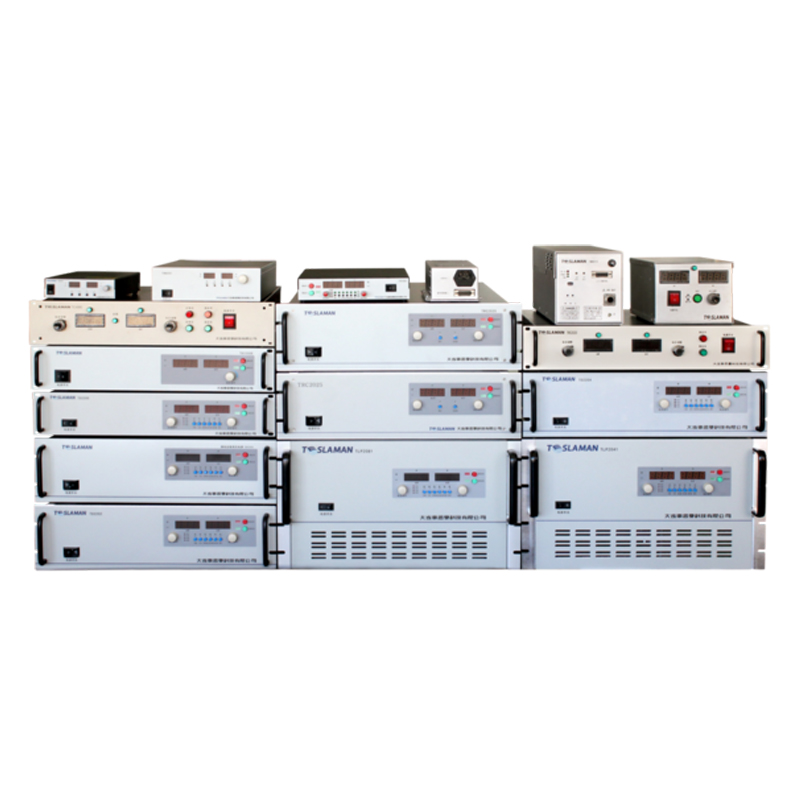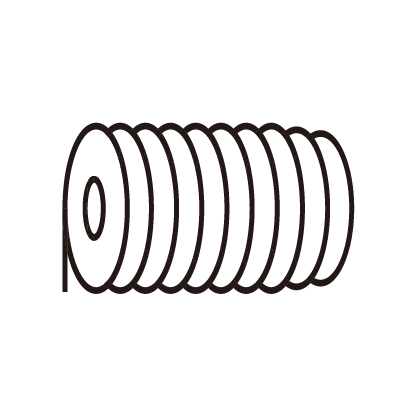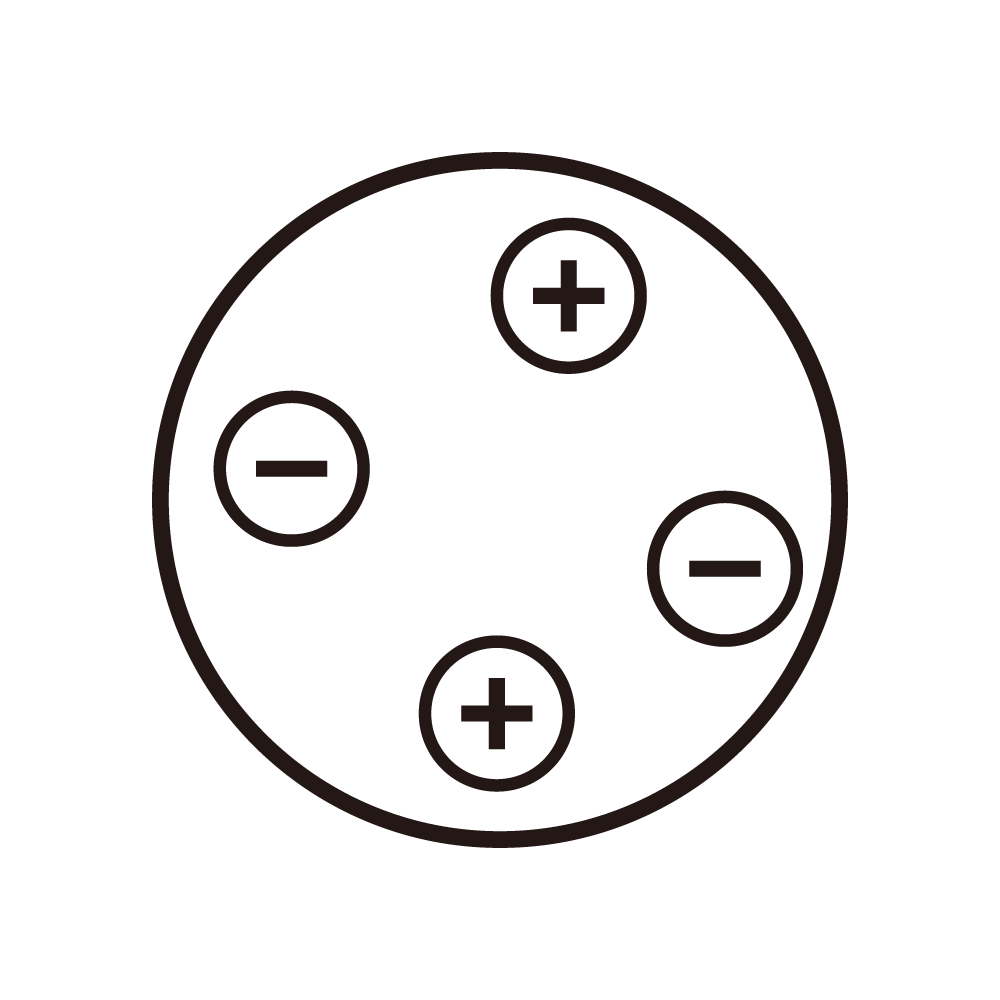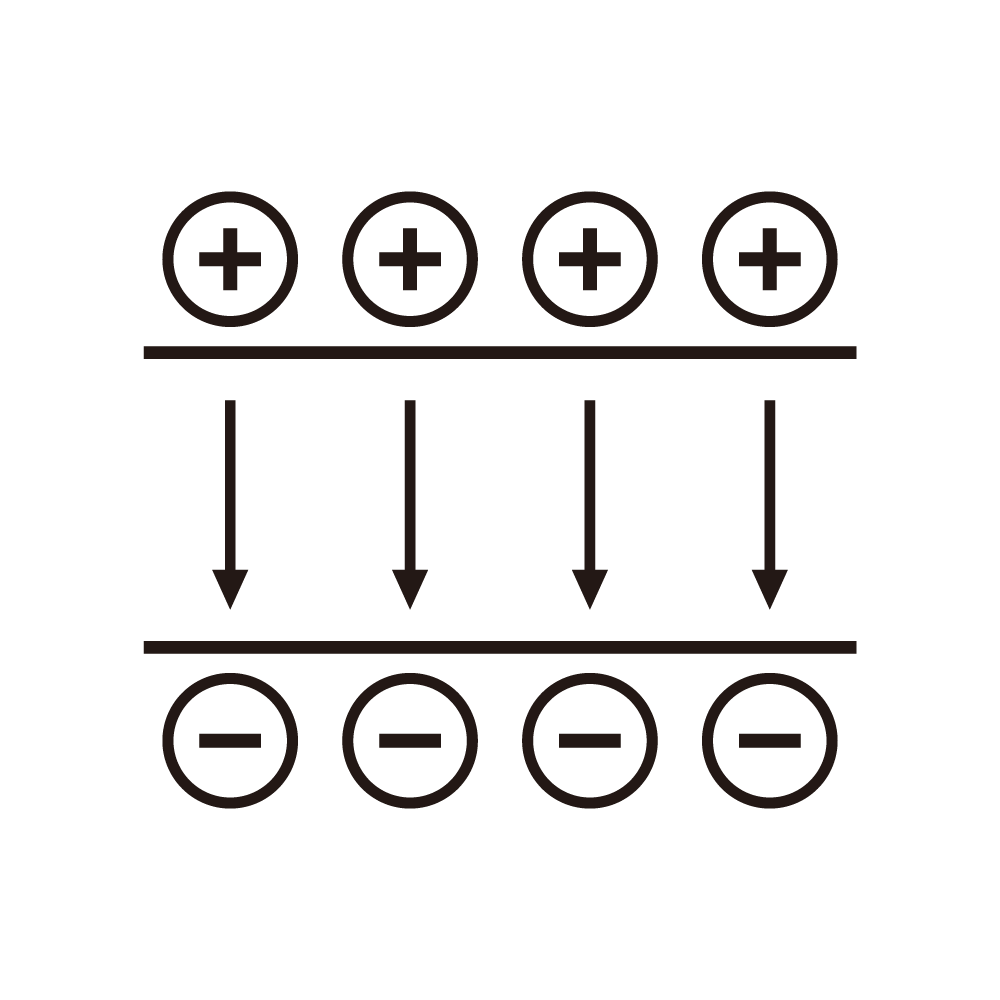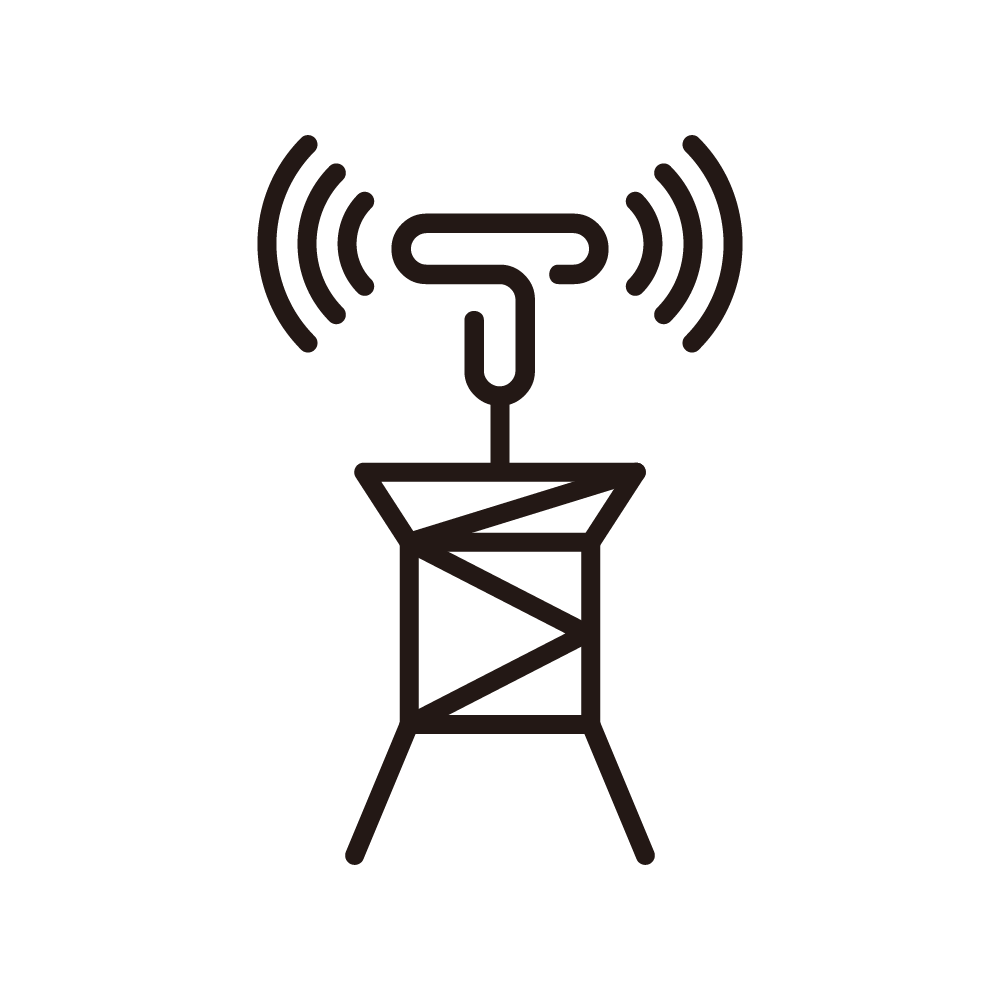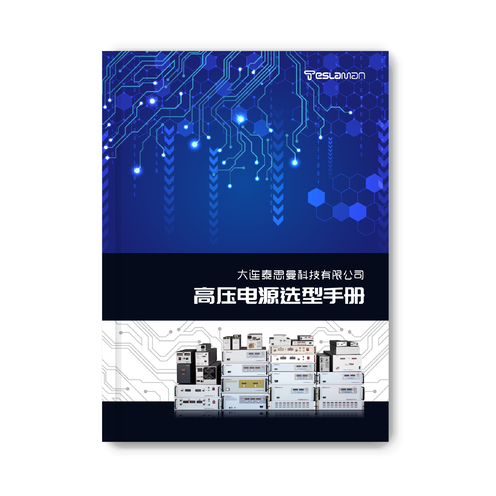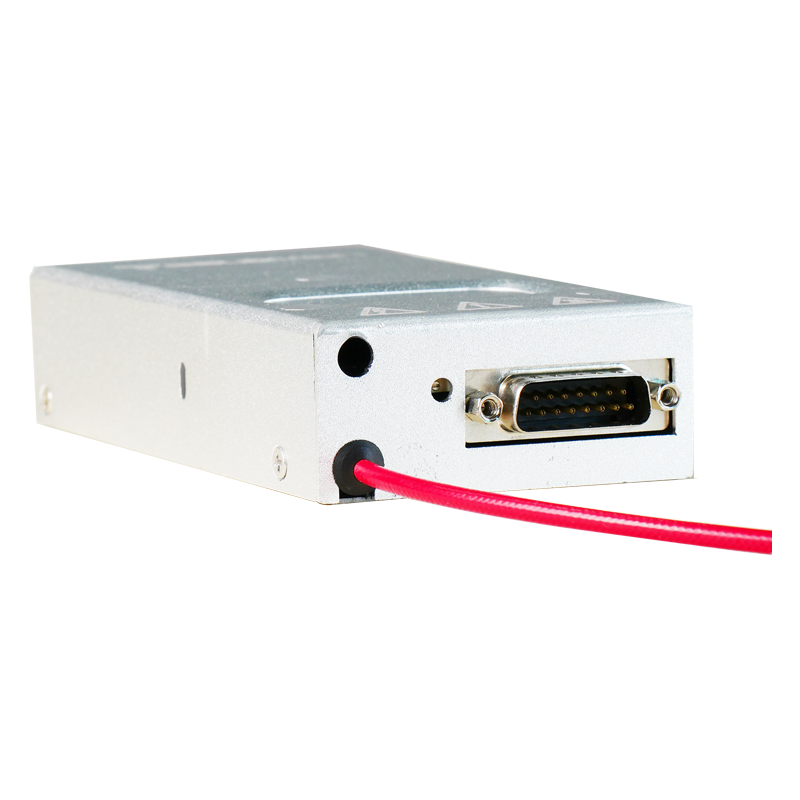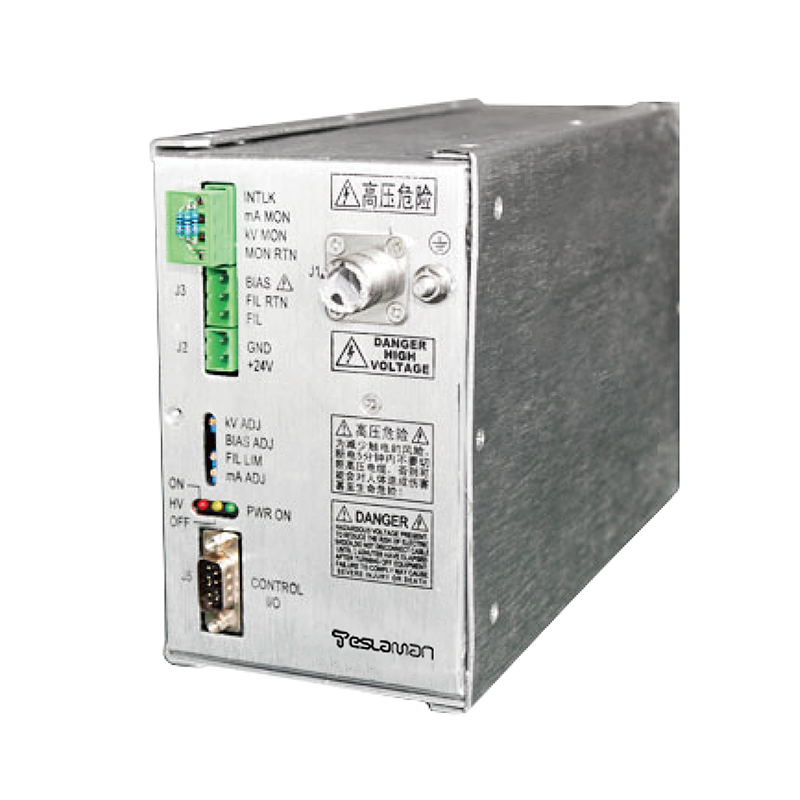The Influence of High-voltage Power Supply for Electrostatic Flocking on the Growth Direction of Fluff
In the electrostatic flocking process, the high-voltage power supply plays a crucial role, and its performance has a direct and significant impact on the growth direction of the fluff. Understanding this relationship is essential for improving the quality and performance of flocked products.
The basic principle of electrostatic flocking is to use a high-voltage power supply to establish a strong electric field between the flocking electrode and the workpiece. The fluff is polarized in the electric field, with one end positively charged and the other end negatively charged. Under the action of the electric field force, the fluff arranges itself along the direction of the electric field lines and flies towards the surface of the workpiece, achieving flocking.
The magnitude of the voltage output by the high-voltage power supply directly affects the electric field strength. When the voltage is high, the electric field strength increases, and the electric field force acting on the fluff becomes larger. The fluff can fly more quickly and accurately along the direction of the electric field lines and be vertically implanted onto the surface of the workpiece. This makes the growth direction of the fluff more consistent, and the density and uniformity of the flocking are also better. Conversely, if the voltage is too low, the electric field force is not sufficient to effectively arrange and fly the fluff. The fluff may be tilted, bent, or even disordered, resulting in a decrease in the surface quality of the flocked product.
In addition to the magnitude of the voltage, the waveform characteristics of the high-voltage power supply also have an impact on the growth direction of the fluff. Common power supply waveforms include direct current (DC), alternating current (AC), and pulse. The electric field generated by a DC power supply is relatively stable, and the fluff is more likely to fly along a straight line direction in this electric field, which is conducive to forming a neat arrangement of the fluff. The direction of the electric field of an AC power supply changes continuously, which may cause the fluff to be affected by forces in different directions during the flight process, resulting in a certain degree of dispersion in the growth direction of the fluff. The pulse power supply can generate a strong electric field force in a short time by periodically outputting high-voltage pulses, enabling the fluff to fly rapidly and be implanted onto the surface of the workpiece. At the same time, the interval time of the pulses can adjust the implantation speed and density of the fluff, thereby affecting the growth direction of the fluff.
Furthermore, the stability of the high-voltage power supply is also an important factor. If the output voltage of the power supply is unstable and fluctuates greatly, it will lead to the instability of the electric field strength, which in turn affects the flight trajectory and growth direction of the fluff. A stable high-voltage power supply can provide a continuous and uniform electric field, ensuring that the fluff can grow in the expected direction.
In conclusion, factors such as the magnitude of the voltage, waveform characteristics, and stability of the high-voltage power supply for electrostatic flocking jointly affect the growth direction of the fluff. In actual flocking production, rationally selecting and adjusting the parameters of the high-voltage power supply can effectively control the growth direction of the fluff, improve the quality and performance of flocked products, and meet the requirements of different application fields.
